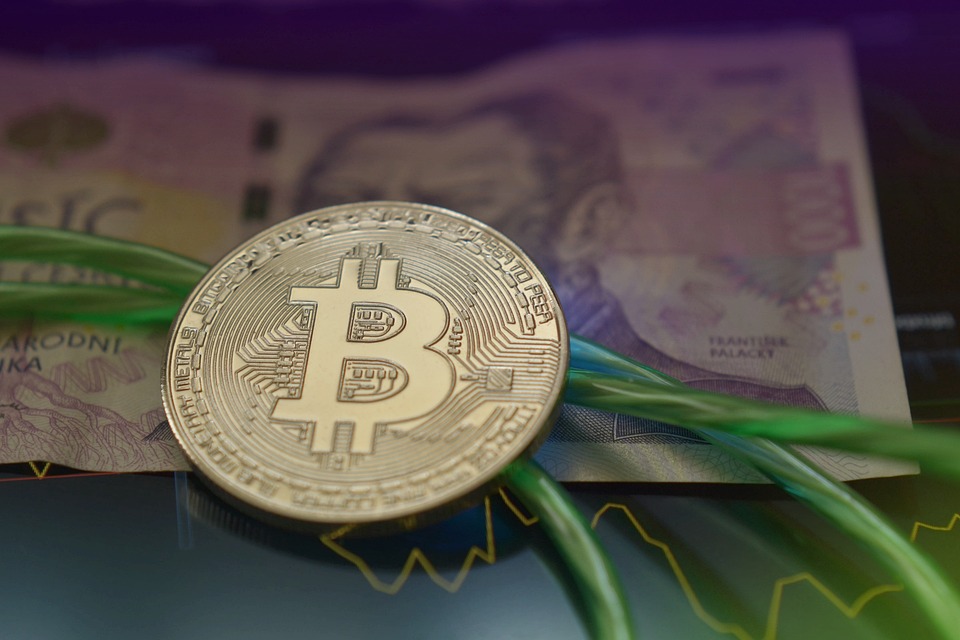In an ever-evolving financial world, understanding the key trends that shape market dynamics is crucial for investors, analysts, and anyone interested in the economy. As we navigate through 2023, several significant trends are influencing the financial landscape, reflecting broader shifts in technology, consumer behavior, and global economic conditions. Here’s a closer look at some of the critical trends currently driving the markets.
1. The Rise of Artificial Intelligence and Automation
One of the most transformative trends in today’s financial landscape is the increasing incorporation of artificial intelligence (AI) and automation across various sectors. From automating routine tasks in trading to employing sophisticated algorithms for risk assessment, AI is enhancing the efficiency and accuracy of financial operations.
Investment firms are leveraging machine learning to gain insights from vast amounts of data, enabling more informed decisions and forecasting. Additionally, the franchise of robo-advisors is growing, democratizing investment management by providing algorithm-driven financial planning services with minimal human intervention. This shift is not only reshaping investment strategies but is also prompting discussions around regulations and ethical considerations in the use of AI.
2. Sustainable Investing and ESG Factors
As social consciousness grows, sustainable investing, particularly in the context of Environmental, Social, and Governance (ESG) criteria, has taken center stage. Investors are increasingly mindful of the ethical implications of their choices, pushing corporations to adopt practices that support sustainability and corporate responsibility.
Asset managers are responding to this demand by integrating ESG factors into their investment strategies. Companies with strong ESG profiles tend to attract more capital and enjoy better performance metrics due to lower risks and improved brand loyalty. The trend is backed by a growing body of research indicating that sustainable practices can lead to enhanced financial performance, making ESG investments not just ethically sound but also lucrative.
3. Inflationary Pressures and the Future of Monetary Policy
Inflation has been a persistent concern in the global economy, affecting consumer purchasing power and business costs. Central banks around the world have responded by adjusting their monetary policies, raising interest rates in a bid to control inflation. This creates a complex scenario for investors, as higher interest rates can impact borrowing costs and dampen economic growth.
Market participants are closely monitoring central bank communications and actions, attempting to gauge the trajectory of interest rates and their long-term implications. The dance between inflation control and economic growth will continue to be a focal point for investors, shaping their asset allocation strategies and risk management approaches.
4. The Crypto Evolution
Cryptocurrency and blockchain technology remain key trends to watch. After dramatic fluctuations in 2022, digital currencies are adapting, and regulatory frameworks are beginning to take shape. The maturation of the crypto space is evident as institutional investors show increased interest, further legitimizing these assets.
Ethereum’s shift to a proof-of-stake model, the continued development of decentralized finance (DeFi) platforms, and the rise of central bank digital currencies (CBDCs) are important developments. Additionally, the NFT (non-fungible token) market, while somewhat volatile, has sparked innovation across industries, from art to real estate. The underlying technology of blockchain is being explored for diverse applications, fostering a narrative of digital assets as a significant component of the financial ecosystem.
5. Geopolitical Tensions and Their Economic Impacts
Geopolitical events always play a crucial role in shaping financial markets, and the ongoing tensions—whether due to trade disputes, conflicts, or diplomatic relations—bring additional layers of complexity to the financial landscape. The Russia-Ukraine conflict, for example, has ramifications on global energy prices and food supply chains, impacting inflation and economic stability.
Investors are increasingly considering geopolitical risk in their asset allocation strategies. This includes diversifying portfolios to mitigate risks associated with specific regions while also looking for opportunities arising from shifts in global power dynamics. Emerging markets, for example, may benefit as investors seek alternatives to entrenched economies experiencing turbulence.
Conclusion
The financial landscape in 2023 is characterized by rapid technological advancements, changing consumer expectations, evolving regulatory frameworks, and complex global economic factors. Understanding these key trends is vital for navigating the challenges and opportunities that lie ahead. As investors gear up for the future, they must be agile, informed, and prepared to adapt to this dynamic financial ecosystem. Embracing change while remaining vigilant to emerging risks will be critical in achieving long-term success in an increasingly interconnected world.

